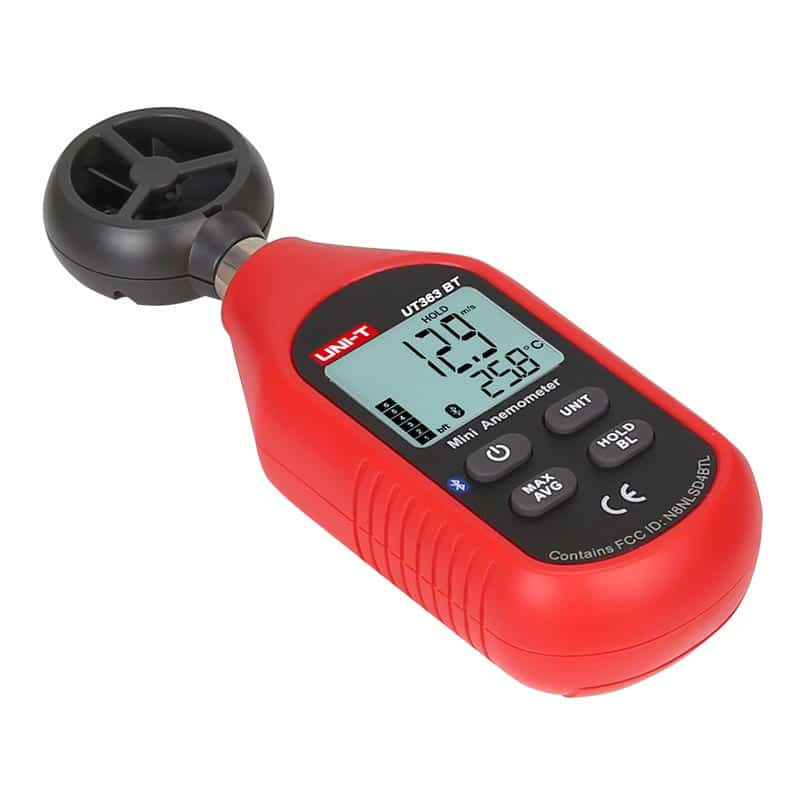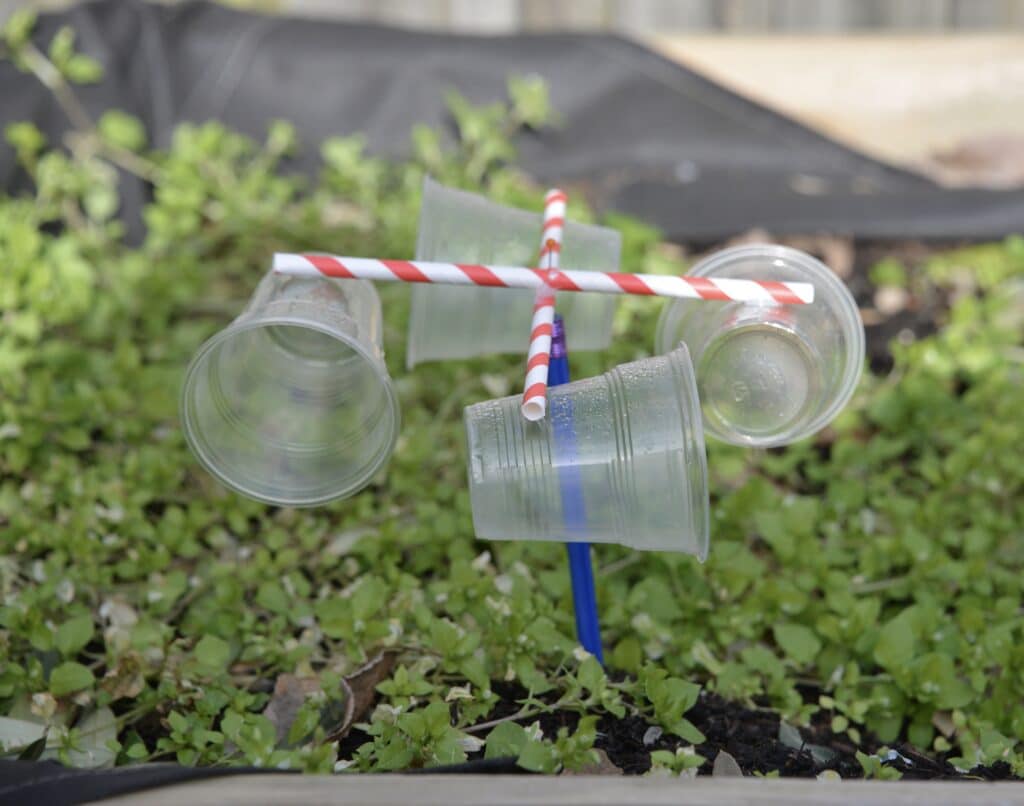Recognizing Various Types of Anemometers for Different Applications
Recognizing Various Types of Anemometers for Different Applications
Blog Article
Anemometers Unveiled: Comprehending Their Importance in Environmental Tracking and Precaution
The role of anemometers in ecological tracking and security procedures is often ignored, yet their value is indisputable. From meteorology to aviation safety, anemometers play a vital function in providing precise information that educates decision-making processes and enhances total safety and security.
Background of Anemometers
The advancement of anemometers can be traced back to the ancient worlds where simple wind determining gadgets were first utilized. These early wind measurement devices laid the structure for the development of extra innovative anemometers over time. Among the earliest known anemometers was the hemispherical mug anemometer created by Leon Battista Alberti in the 15th century. This style consisted of four hemispherical cups that accumulated wind power, giving a measurement of its intensity based on the speed of rotation.
In the 18th century, the renowned researcher John Thomas Romney Robinson introduced the Robinson anemometer, which included four hemispherical cups installed on horizontal arms that prolonged from a main axis. This style came to be a criterion in meteorological dimensions because of its accuracy and integrity. Throughout the years, developments in modern technology caused the development of more modern-day anemometers, including ultrasonic anemometers and laser Doppler anemometers, using raised accuracy and efficiency in measuring wind speed and direction. The history of anemometers showcases an impressive trip of advancement and development in the field of weather forecasting.
Sorts Of Anemometers
Throughout the field of weather forecasting, various kinds of anemometers have been created to precisely gauge wind speed and direction. Sonic anemometers use ultrasonic signals to determine wind speed and instructions precisely. Hot-wire anemometers operate based on the concept that the cooling effect of wind on a heated cord is symmetrical to the wind speed.
Applications in Meteorology
Having talked about the various kinds of anemometers utilized in meteorology for gauging wind speed and direction, it is vital to discover their sensible applications in the area. Anemometers play an important role in meteorology by offering precise and real-time information on wind problems (anemometer). Meteorologists utilize anemometers to check wind speed and direction to anticipate weather patterns, issue cautions for serious weather condition occasions like tornadoes, hurricanes, and tornados, and evaluate climatic conditions for aeronautics safety
In meteorology, anemometers aid in recognizing neighborhood and local wind patterns, which are vital for forecasting climate changes and identifying climatic fads. These devices are additionally utilized in research study to study microclimates, metropolitan warmth islands, and air contamination dispersion. In addition, anemometers are used in agriculture to maximize plant monitoring methods, such as watering and chemical application, based on wind problems.
Value in Air Travel Safety
An indispensable element of making certain air travel security lies in the careful surveillance of wind conditions utilizing anemometers. Anemometers play an important function in air travel by giving real-time information on wind speed and direction, aiding pilots in making notified choices during flight, touchdown, and take-off. Strong and unpredictable winds can dramatically affect airplane procedures, making it crucial for aviation authorities to depend on precise wind dimensions to make certain the safety and security of passengers and team.

In the vibrant environment of aeronautics, where also small adjustments in wind rate and direction can have profound impacts, anemometers stand as indispensable tools for promoting secure and safe and secure air travel.
Duty in Environmental Study
Anemometers play a crucial duty in ecological study by try these out giving vital information on wind speed and direction. By properly measuring wind attributes, anemometers assist researchers assess the activity of toxins in the air, evaluate the impact of industrial discharges, and anticipate the spread of pollutants in the setting.


Verdict
In verdict, anemometers have actually played an important duty in environmental monitoring and safety and security procedures. Recognizing the importance of anemometers is vital for precisely measuring wind speed and instructions, which is vital for forecasting climate patterns, making sure secure aviation operations, and performing environmental researches.
One of the earliest recognized anemometers was the hemispherical mug anemometer invented by Leon Battista Alberti in the 15th century. Over the years, innovations in modern technology led to the advancement of even more modern anemometers, including ultrasonic anemometers and laser Doppler anemometers, using boosted precision and efficiency in gauging wind rate and direction. Hot-wire anemometers operate based on company website the principle that the cooling impact of wind on a heated cable is symmetrical to the wind speed. Meteorologists make use of anemometers to monitor wind speed and direction to forecast weather condition patterns, concern warnings for extreme climate events like twisters, storms, and hurricanes, look what i found and examine atmospheric conditions for air travel security.
Comprehending the value of anemometers is necessary for properly determining wind rate and direction, which is crucial for forecasting weather patterns, making sure safe air travel procedures, and carrying out ecological researches. (anemometer)
Report this page